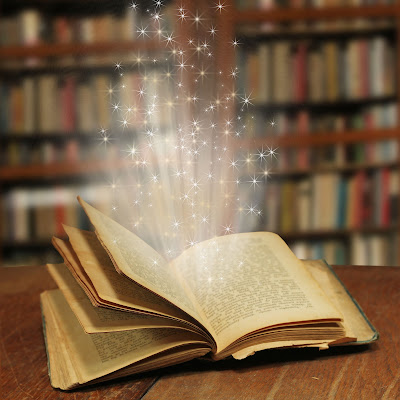It Is a Truth Universally Acknowledged That the Middle Is the Heart of the Story
Writers know this. Or, at least, we come to know it. The first act may spark the idea, set the world spinning, and introduce the faces we’ll follow—but it is the middle that quietly decides what kind of story it is going to be. Not in the outline, not in the planning stage, but in the writing. That is when it happens. Somewhere between the midpoint and the break into act three, the emotional pulse strengthens. Characters make their choices.
Stakes arise with purpose and weight. They are not just narrative consequences. They are emotional exposure.
They are truths that can no longer be ignored. They are the realization that what is wanted may cost too much—or has already slipped away. Characters are no longer reacting. They are choosing. And those choices close doors. This is where longing sharpens, pride cracks, and illusions fall. The heart of the story emerges—not through intention, but discovery.
For readers, that same stretch is often when a book becomes unputdownable. You may not know why. The pacing may not shift dramatically. But something clicks. Emotional investment deepens. You care. You sense the shape of what is coming, but it is no longer about what will happen—it is about how it will matter. You stop reading a story and start living it.
Writers often reach that place mid-revision when the middle finally holds. More than that—it carries. Allowing the author to turn back to the beginning with a renewed eye. Does it lead here? Does it earn this?
Because that is the test. The beginning invites. The ending satisfies. But it is the middle that makes the story worth staying with.

Comments
Post a Comment